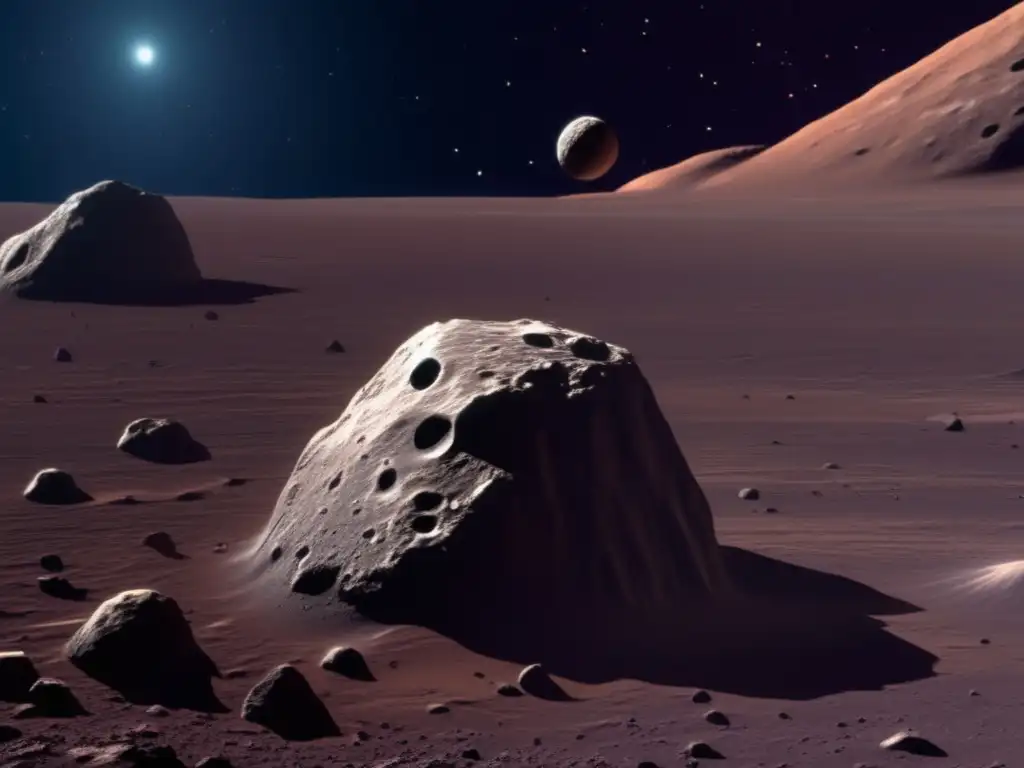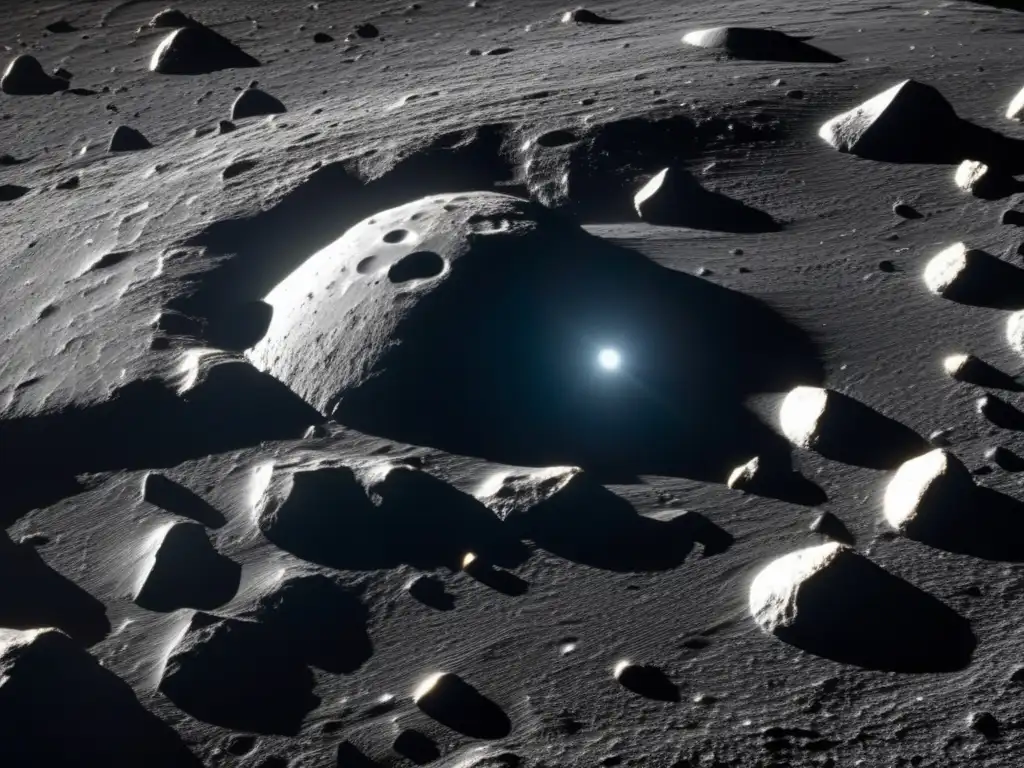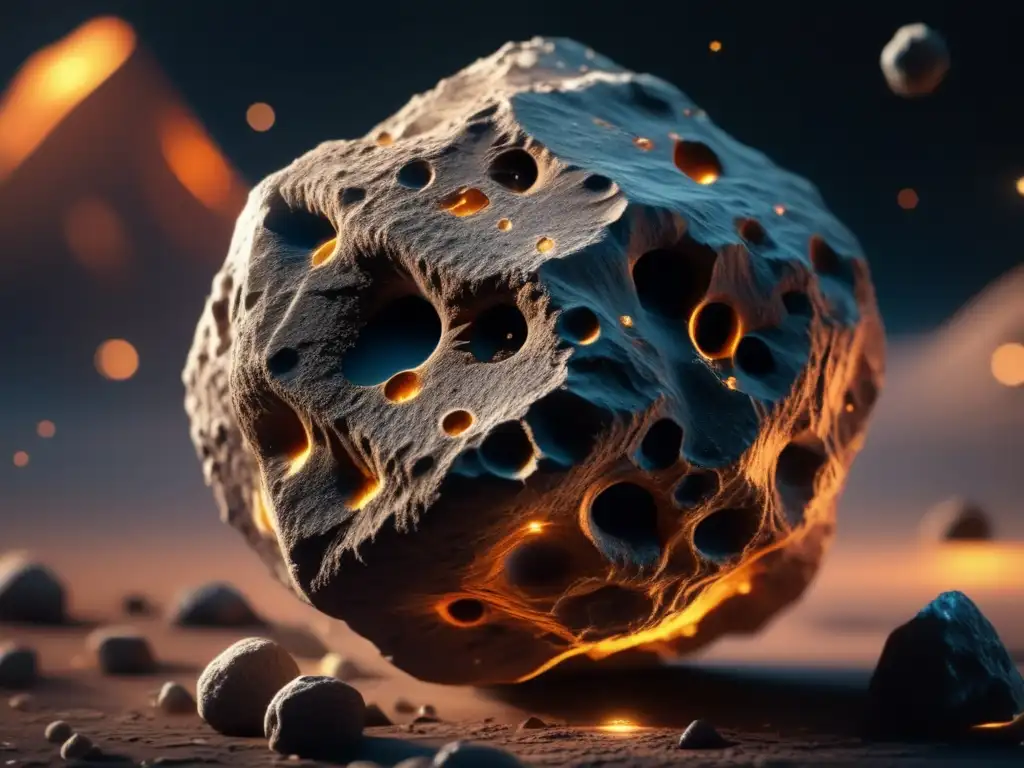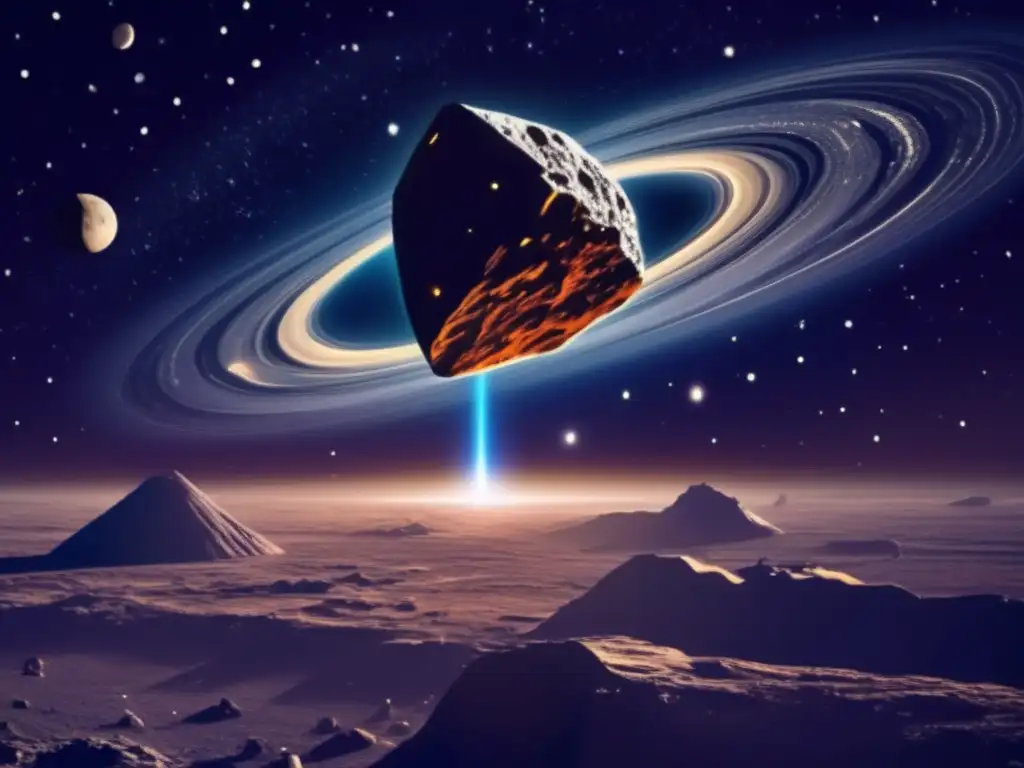The Unique Characteristics Of Asteroid Arisbe

Introduction
Asteroids are fascinating celestial objects that have captivated astronomers and space enthusiasts for centuries. Their unique characteristics and significance in the study of our solar system make them a subject of great interest. In this article, we will explore the intriguing qualities of Asteroid Arisbe, shedding light on its history, composition, and potential value to scientific research.
Origin and Discovery

Early Observations
Asteroid Arisbe was first observed on September 11, 1879, by German astronomer Christian Heinrich Friedrich Peters at the Litchfield Observatory in Clinton, New York. Its discovery marked an important milestone in the exploration of asteroids, as Arisbe was one of the first defined members of the asteroid belt.
Naming and Mythological Significance
The name "Arisbe" was inspired by Greek mythology. Arisbe was the wife of Priam, the king of Troy and the mother of Aeneas. The choice of this name reflects the historical connection between asteroids and ancient civilizations, as many asteroids are named after figures from mythology.
Physical Characteristics

Size and Shape
Arisbe has an estimated diameter of approximately 89 kilometers (55 miles). Its shape is thought to be irregular, resembling a lumpy potato rather than a perfect sphere. This irregular shape is common among asteroids, as their formation and evolution differ from that of planets.
Composition
Studies have suggested that Asteroid Arisbe belongs to the carbonaceous C-type asteroid group. These asteroids are rich in carbon compounds and are believed to be remnants from the early stages of the solar system's formation. The presence of organic material on C-type asteroids has sparked interest among scientists, as it potentially provides insights into the building blocks of life on Earth.
Surface Features
Although detailed images of Arisbe are limited, observations have revealed intriguing surface features. These include impact craters formed by collisions with other objects in space, as well as regolith, a layer of loose rock and dust that covers the asteroid's surface. By studying these surface characteristics, scientists can gain valuable information about Arisbe's history and its interactions with other celestial bodies.
Potential Scientific Significance

Understanding Solar System Formation
Arisbe, like many other asteroids, is considered a remnant from the early stages of our solar system's formation. By studying its composition and properties, scientists can gain insights into the conditions that existed during its formation. Understanding the processes that shaped Arisbe can contribute to our knowledge of how planets, including Earth, were formed.
Resource Exploration
Asteroids, including Arisbe, are abundant in resources such as metals, water, and rare minerals. The potential for resource extraction from asteroids has attracted the attention of both scientists and commercial entities. Arisbe's carbonaceous composition makes it particularly interesting, as carbon-based materials are crucial for various industrial applications and could potentially be extracted from Arisbe and other similar asteroids.
Potential Impact Hazard
While the chances of Asteroid Arisbe colliding with Earth are currently low, understanding its orbit and potential future paths is crucial for planetary defense. Detailed studies of Arisbe's trajectory can help refine our understanding of gravitational interactions and allow us to better predict and mitigate potential asteroid impact hazards.
Frequently Asked Questions

-
Is Arisbe a potentially hazardous asteroid?
No, Arisbe is currently not classified as a potentially hazardous asteroid, as its orbit does not pose a significant threat of collision with Earth.
-
Can Arisbe support life?
As an asteroid, Arisbe is inhospitable to life as we know it. However, studying its composition can provide insights into the building blocks of life and the conditions that led to the emergence of life on Earth.
-
How can we study Arisbe in more detail?
Further exploration missions and advanced telescopic observations can provide more detailed information about Asteroid Arisbe's composition, surface features, and potential resources.
-
Are there any future plans to visit Arisbe?
At present, there are no specific plans for a dedicated mission to Arisbe. However, with advancing space exploration technologies, future missions to study asteroids like Arisbe are certainly within the realm of possibility.
-
What other asteroids are similar to Arisbe?
Asteroids with similar carbonaceous composition include Ceres, Hygiea, and Themis. These asteroids offer exciting research opportunities due to their potential resource abundance and insights into the history of the solar system.
Conclusion
Asteroid Arisbe is a captivating celestial object with a rich history and unique characteristics. Its composition, surface features, and potential scientific significance make it an important subject of study for astronomers and scientists. By exploring Arisbe and other asteroids, we can deepen our understanding of the solar system's formation, potential resources, and planetary hazards. As we continue to unlock the mysteries of the cosmos, the remarkable nature of asteroids like Arisbe will keep inspiring us.
We encourage readers to share their thoughts and engage with Asteroid Realm by subscribing, sharing this article on social networks, and participating in discussions. Thank you for your time and attention!
Additional Resources

For further reading on asteroids and related topics, check out the following resources:
 Discovering The Secrets Of Asteroid Aeneas
Discovering The Secrets Of Asteroid Aeneas Uncovering The Unique Features Of Asteroid Antenor
Uncovering The Unique Features Of Asteroid Antenor The Tale Of Asteroid Ascanius
The Tale Of Asteroid AscaniusIf you want to discover more articles similar to The Unique Characteristics Of Asteroid Arisbe, you can visit the Asteroid Profiles category.
Leave a Reply

Articulos relacionados: